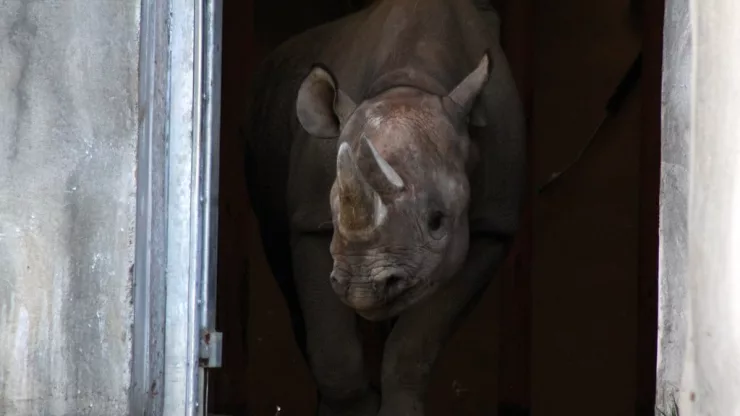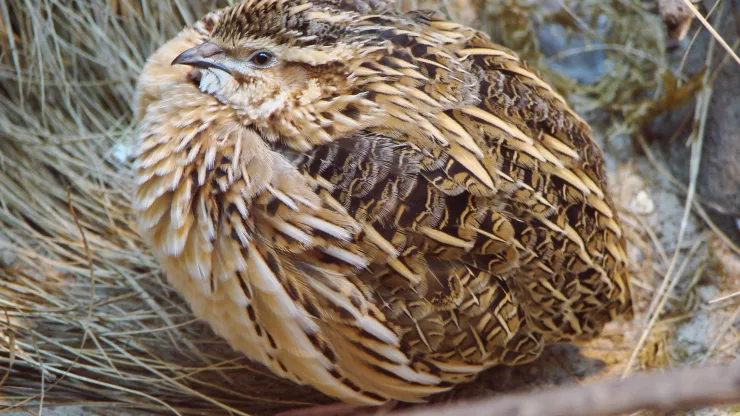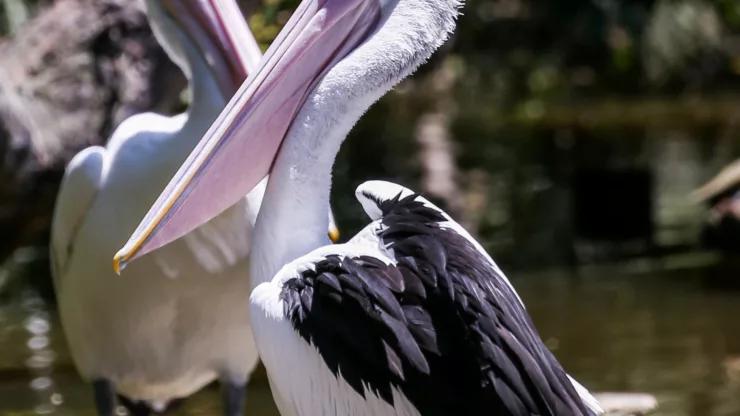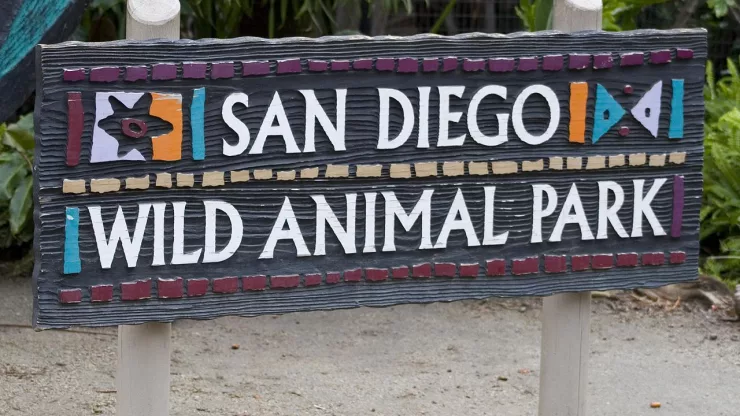Jump to Section
The Significance of Zoos in Wildlife Conservation
Zoos have been a significant contributor to wildlife conservation for decades. They provide a safe and controlled environment for endangered animals to thrive, reproduce, and increase their numbers.
Zoos also serve as a place for educational and research purposes, allowing people to learn about animals and their habitats.
The role of zoos in conservation has become more important than ever in recent times as deforestation, poaching, and other human activities have threatened the existence of many animal species.
London Zoo: A Pioneer in Animal Conservation
London Zoo was established in 1828, making it one of the oldest zoos in the world.
It has played a significant role in animal conservation over the years, starting with the acquisition of a pair of Galapagos tortoises in 1835.
The zoo has since grown to become a world-renowned center for the study and conservation of animals.
Contributions of London Zoo to Wildlife Conservation
London Zoo has contributed significantly to the conservation of endangered animals. It was the first zoo to successfully breed Andean Condors, Snow Leopards, and Przewalski’s Horses.
The zoo also played a vital role in the conservation of the Arabian oryx, which had become extinct in the wild. Through a breeding program, the zoo successfully reintroduced the oryx into Oman, where it had vanished more than 40 years ago.
The zoo has also contributed to the research and study of animals and their habitats.
Through its partnerships with various conservation organizations, the zoo has been able to raise awareness about the plight of endangered animals and the need for conservation efforts.
It is also a popular destination for tourists, allowing them to learn about animals and their conservation.
Future of Zoos: Sustaining Wildlife Conservation Efforts
The future of zoos is closely linked to the success of wildlife conservation.
As more animal species become endangered, zoos will have an increasingly important role in their conservation.
However, the role of zoos in conservation is not without controversy, with some arguing that animals should not be kept in captivity at all.
Zoos must continue to evolve and adapt to the changing world, finding ways to sustain their conservation efforts while also ensuring the well-being of the animals in their care.
| Animal Species | Breeding Success at London Zoo |
|---|---|
| Andean Condors | First zoo to successfully breed in 1975 |
| Snow Leopards | First breeding success in 1974 |
| Arabian Oryx | Successfully reintroduced in Oman in 1982 |
| Przewalski’s Horses | First breeding success in 1983 |
London Zoo’s contribution to wildlife conservation has been significant and far-reaching.
Through its breeding programs, research projects, and partnerships with other organizations, it has played a vital role in the conservation of some of the world’s most endangered animals.
As we move forward, it is crucial that we continue to support zoos in their efforts to protect and conserve our planet’s biodiversity.
FAQ
What is the main role of zoos in wildlife conservation?
Zoos play a crucial role in wildlife conservation by providing a safe and controlled environment for endangered animals to thrive, reproduce, and increase their numbers.
They also serve as a place for education and research purposes, allowing people to learn about animals and their habitats.
Is it ethical to keep animals in zoos?
The ethics of keeping animals in zoos is a topic of debate.
While some argue that zoos provide a safe space for animals and contribute to conservation efforts, others believe that animals should not be kept in captivity at all.
It is important for zoos to prioritize the well-being of the animals in their care while also continuing to support conservation efforts.
What is London Zoo’s contribution to wildlife conservation?
London Zoo has made significant contributions to wildlife conservation, particularly through its breeding programs and research projects.
It was the first zoo to successfully breed Andean Condors, Snow Leopards, and Przewalski’s Horses.
The zoo also played a vital role in the conservation of the Arabian oryx, which had become extinct in the wild.
How do zoos contribute to research and education?
Zoos contribute to research and education by providing opportunities for scientists and researchers to study animals and their habitats.
They also serve as places where people can learn about animals and their behaviors through exhibits and educational programs.
What is the future of zoos in wildlife conservation?
The future of zoos in wildlife conservation is closely linked to the success of conservation efforts.
As more animal species become endangered, zoos will have an increasingly important role in their conservation.
However, the role of zoos in conservation is not without controversy, and it is important for zoos to continue to evolve and adapt to changing circumstances.
How can individuals support wildlife conservation efforts?
Individuals can support wildlife conservation efforts by supporting zoos and other conservation organizations, reducing their carbon footprint, and being mindful of their impact on the environment.
They can also educate themselves about conservation issues and advocate for policies that promote sustainability and conservation.
I’m a nature enthusiast and creator of Metro Wilds and have spent years exploring the great outdoors.
With a passion for environmental conservation and sustainability, I have dedicated my career to writing about the beauty and wonders of nature, as well as the threats facing our planet.
Contact me at [email protected] for assistance.





